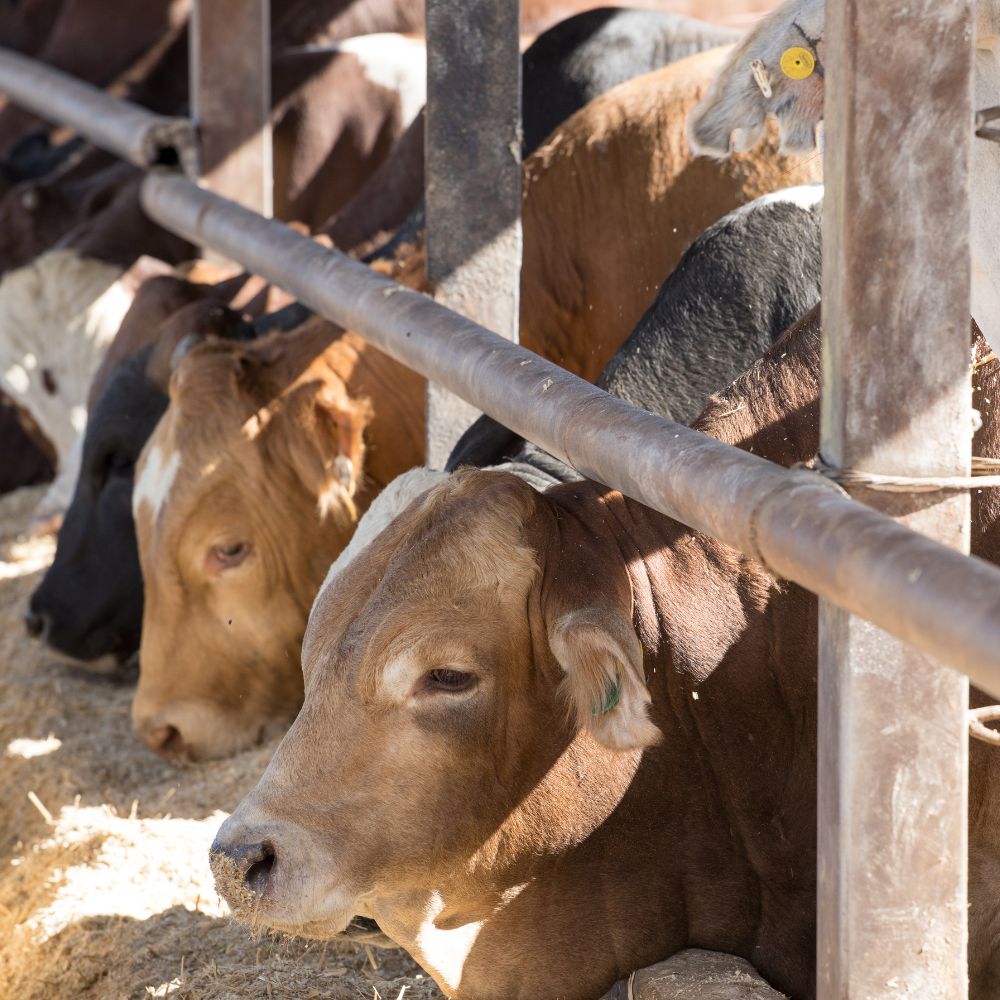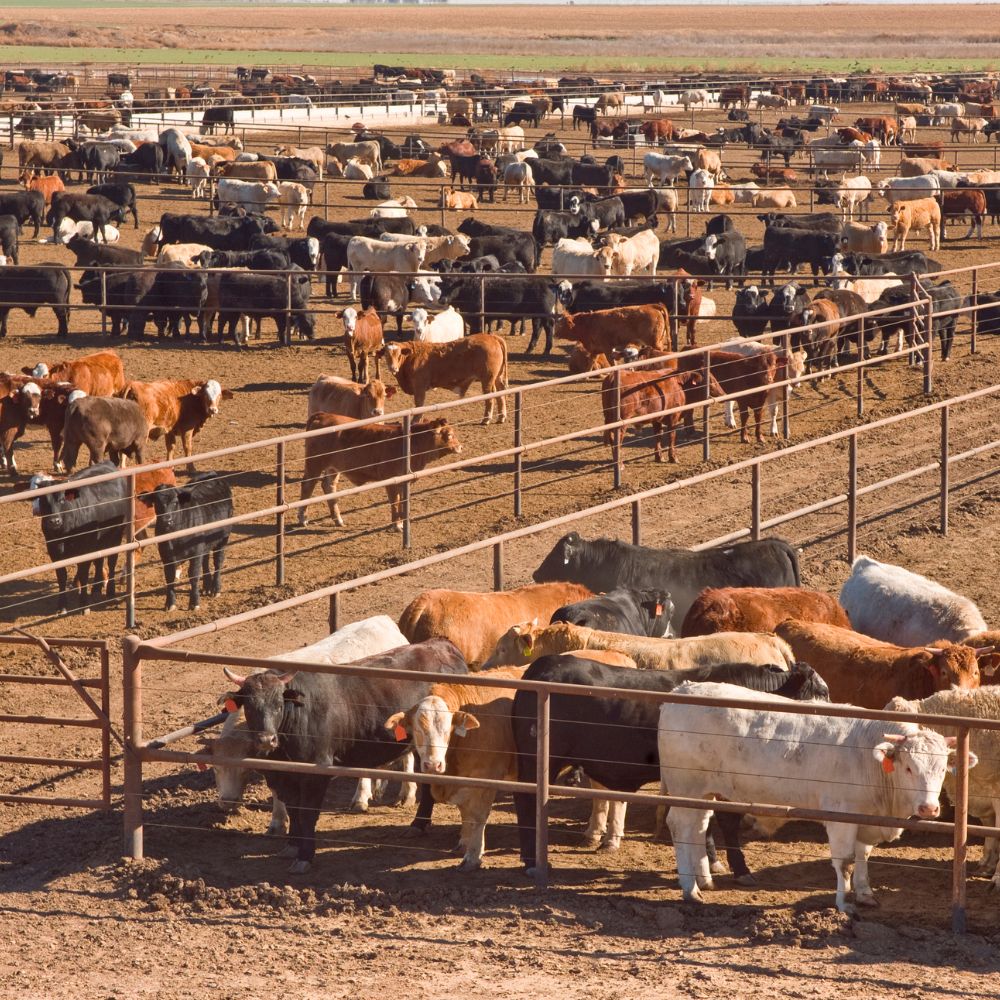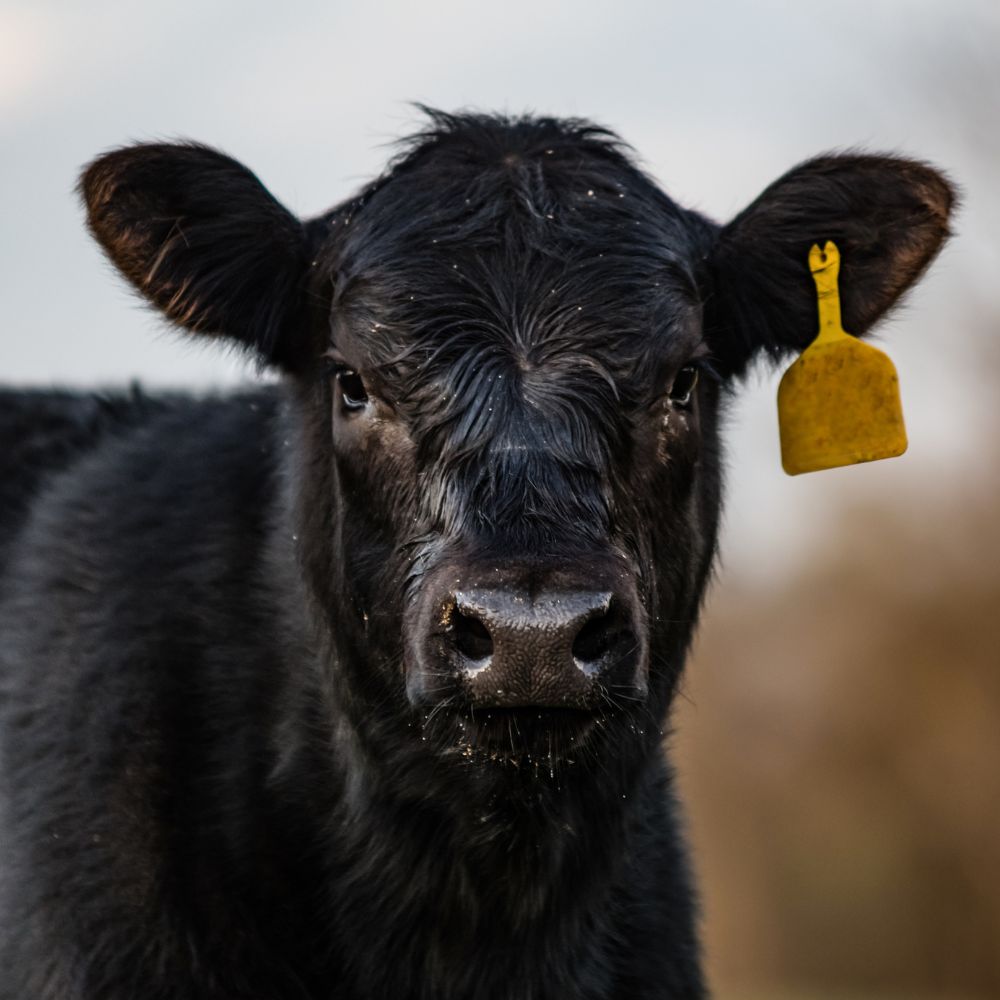Unknown Facts About Bagley Risk Management
The Ultimate Guide To Bagley Risk Management
Table of ContentsExamine This Report on Bagley Risk ManagementThe Ultimate Guide To Bagley Risk ManagementBagley Risk Management for BeginnersThe Greatest Guide To Bagley Risk ManagementThe Facts About Bagley Risk Management RevealedOur Bagley Risk Management Statements
When your agreement reaches its end day, the last price is calculated using the CME Feeder Cattle Index. This is based on sale barns throughout the Midwest (not just your local market). If the index falls below your contract's insurance coverage price, you may be paid the distinction. Price Adjustment Variables will apply.Livestock Risk Security (LRP) is a USDA subsidized insurance policy program that helps safeguard manufacturers from the risks that come from market volatility. With LRP, manufacturers have the ability to insure a flooring rate for their cattle and are paid an indemnity if the marketplace value is less than the insured rate.
This item is meant for. National livestock insurance.
The Best Strategy To Use For Bagley Risk Management

In the last number of months, several of us at FVC and PCM have gotten inquiries from producers on which danger monitoring tool, LRP vs. Futures, is better for a pork manufacturer? Like the majority of tools, the answer depends upon your procedure's objectives and scenario. For this version of the Dr.'s Edge, we will certainly analyze the circumstances that often tend to favor the LRP tool.
In Mike's analysis, he compared the LRP computation versus the future's market close for each day of the previous two decades! The percent revealed for each month of the offered year in the first section of the table is the portion of days because month in which the LRP computation is reduced than the futures close or in other words, the LRP would possibly compensate greater than the futures market - https://fliphtml5.com/homepage/lobwe. (Livestock risk protection calculator)
As an example, in January 2021, all the days of that month had LRP potentially paying greater than the futures market. Conversely, in September 2021, all the days of that month had the futures market potentially paying more than LRP (zero days had LRP less than futures close). The propensity that shows itself from Mike's evaluation is that a SCE of a LRP has a higher probability of paying more versus futures in the months of December to Might while the futures market has a higher probability of paying extra in the months of June to November.
The Of Bagley Risk Management

50 or $5. 00). As an example, in 2019, LRP was far better or within a $1. 25 of the futures market over 90% of the days in all the months other than June and August. Table 2 shows the average basis of the SCE LRP calculations versus the future's close for the provided time frameworks annually.
Once more, this information supports a lot more possibility of an SCE of a LRP being much better than futures in December via May for many years. As a common care with all analysis, past efficiency is NO assurance of future performance! It is essential that manufacturers have accounting methods in location so they recognize their price of manufacturing and can much better figure out when to use risk monitoring tools.
Bagley Risk Management Things To Know Before You Buy
Some on-farm feeders might be contemplating the requirement for cost security currently of year on calf bones retained with the intent to feed them to a finish weight at some point in 2022, making use of available feed sources. Regardless of solid fed cattle rates in the current neighborhood market, feed prices and current feeder calf bone worths still produce limited feeding margins moving on.
23 per cwt. The existing average auction price for 500-600 pound steers in Nebraska is $176 per cwt. This suggests a break-even cost of $127. 57 for the 1,400-pound guide in July of 2022. The June and August live cattle contracts on the CME are currently trading for $135. 58 and $134.
Cattle-feeding ventures have a tendency to have tight margins, like several agricultural business, due to the competitive nature of the company. Cattle feeders can bid extra for inputs when fed cattle costs increase. https://forums.hostsearch.com/member.php?255830-bagleyriskmng&tab=aboutme&simple=1. This enhances the price for feeder livestock, specifically, and rather boosts the costs for feed and various other inputs
The smart Trick of Bagley Risk Management That Nobody is Talking About
Regions far from significant handling centers often tend to have a negative basis. It is vital to note that regional results additionally influence basis worths for 500-600 pound steers in the fall. As an example, Nebraska livestock are close to major processing facilities. As a result, basis is positive or no on fed cattle across much of the state.
Just in 2020 did the LRP coverage cost go beyond the finishing value by enough to cover the costs expense. The net impact of having this LRP coverage in 2019-20 was substantial, adding $17.
37 The producer premium declines at lower protection degrees but so does the coverage price. Since manufacturer costs are so reduced at reduced insurance coverage degrees, the manufacturer loss ratios (indemnity/premium) boost as the insurance coverage degree decreases.
Getting My Bagley Risk Management To Work
Generally, a manufacturer needs to look at LRP coverage as a mechanism to protect output rate and subsequent revenue margins from a danger administration point ofview. Some manufacturers make a situation for insuring at the lower degrees of protection by focusing on the choice as an investment in risk management defense.
